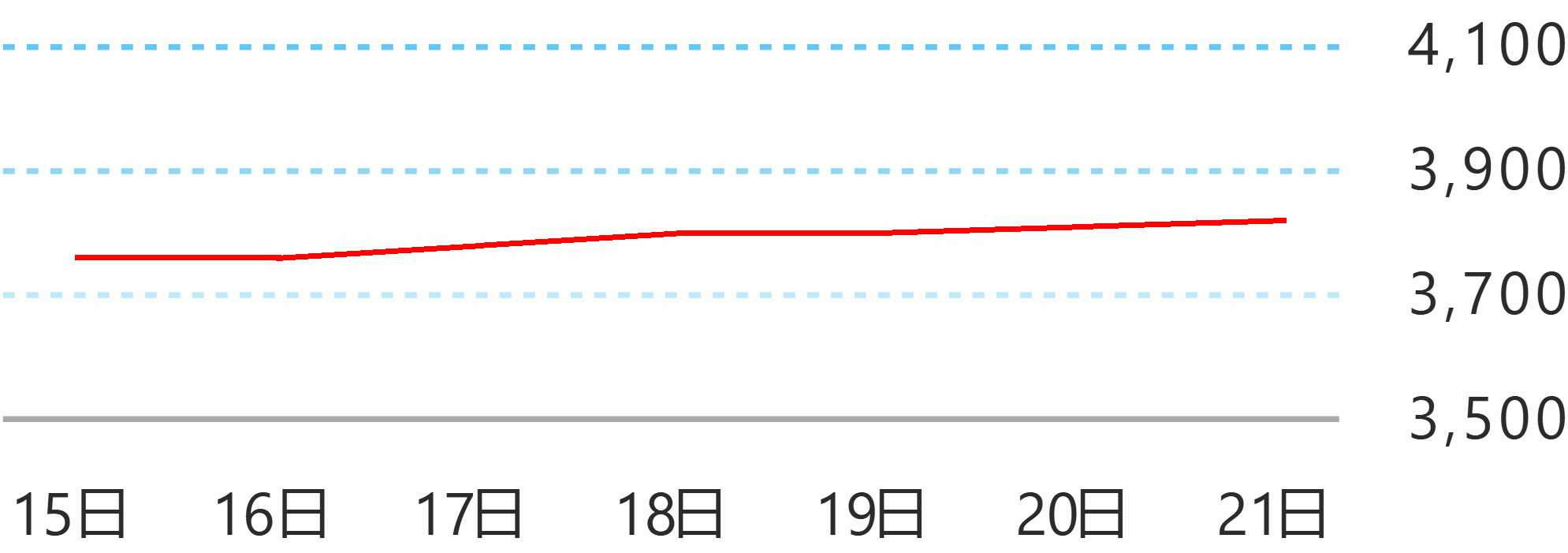At least six tunnel boring machines for the Metro Manila Subway Project (MMSP) are expected to be operating by the end of 2024, according to Transportation Secretary Jaime Bautista.
Bautista said construction for the country’s first underground railway system is in full blast with four TBMs operating.
“‘Yun Metro Manila Subway continuous ‘yung operations ng ating boring machines. By the end of the year anim na yung nagooperate na boring machines,” Bautista said during a press briefing.
The transport chief added that the Department of Transportation (DOTr) is working with the Japanese government to add more TBMs to speed up the construction of the subway.
It expects at least 19 TBMs to be operating in the ensuring years.
“Next year we’re taking delivery of more TBMs and siguro there will be a time na almost 19 boring machines ‘yung working simultaneously para matapos ‘yung project,” he explained.
The tunnel boring machines will be utilized to complete the excavation for the tunnels and will use a top-down construction method for the construction of the stations.
Around 1,200,000 cubic meters of soil using cut-cover and the TBMs are to be excavated for the partial operability (PO) section of the project or an equivalent of five hundred (500) Olympic size swimming pools.
For the tunnels alone, the excavation will be around 711,000 cubic meters or an equivalent of 285 Olympic size swimming pools.
The DOTr is working with the contractors of the MMSP to fast-track the construction of subway stations, said Bautista.
“Itong Metro Manila Subway ang more challenging part of the construction yung mga stations kasi maraming stations ‘yan?17 stations?‘yun ang pinipilit namin na madaliin ‘yung completion and we’re working closely with the contractors,” he said.
Billed as the Philippines’ “Crown Jewel” of mass transit system, the Metro Manila Subway will cut across eight cities stretching from Valenzuela City to FTI-Bicutan in Paranaque City with a spur line to NAIA Terminal 3 in Pasay City.
The 33-kilometer and 17-station rail line aims to cut travel time between Quezon City and Ninoy Aquino International Airport (NAIA) in Pasay City from the present one hour and 10 minutes to just 35 minutes.
Once operational, the underground railway system can service up to 370,000 passengers daily. DOTr




 English
English









